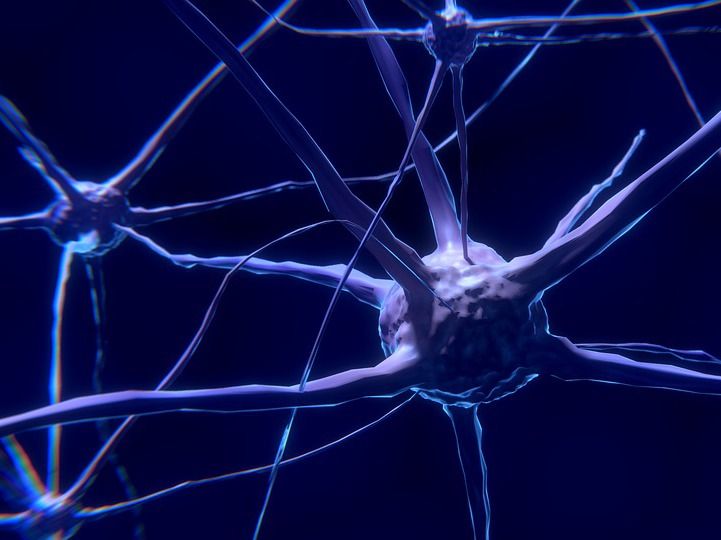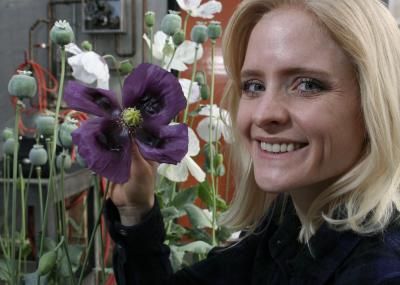From Enzymes to MOFs
Advertisement
UK scientists have used dioxygenase enzymes to create enantiopure organic molecules, which in turn have been used to create chiral metal-organic frameworks. Dioxygenase enzymes were sourced from modified bacterial whole cells (mutants), isolated from the environment. These were then used as biocatalysts for the asymmetric cis-Dihydroxylation of azaarenes creating enantiopure bioproducts.

Derek Boyd and colleagues from Queens University Belfast used the dioxygenase enzymes to synthesise chiral 2,2'-bipyridines, and utilised these as homogeneous catalysts for the asymmetric oxidation of alkenes. 'Future developments will lie in the optimisation of the biotransformations by using new or improved biocatalysts' explains Boyd. 'The cis-dihydrodiol moiety has considerable synthetic versatility and has the potential to provide a much wider range of chiral ligands.'
Dioxygenase enzymes used to create single enantiomer products
The possibilities of this methodology have been evidenced further by Stuart James, Derek Boyd and colleagues from Queens University Belfast, Newcastle University, the University of Southampton and Durham University, where the researchers have synthesised 4,4'-bipyridines, and used these chiral building blocks to make chiral MOFs. 'Our paper' explains James 'describes a unique application of chemoenzymatic synthesis to provide well-behaved enantiopure organic building blocks to make chiral MOFs in a rational way. Stable, chiral versions of classical MOF building blocks, such as 4,4'-bipyridyl are highly desirable, but are not generally available. We recognised a unique opportunity to address this.'
Original articles: Derek Boyd et al., Chem. Commun., 2008.
Stuart L. James, Derek Boyd et al., Chem. Commun., 2008.
Most read news
Topics
Organizations
Other news from the department science

Get the life science industry in your inbox
By submitting this form you agree that LUMITOS AG will send you the newsletter(s) selected above by email. Your data will not be passed on to third parties. Your data will be stored and processed in accordance with our data protection regulations. LUMITOS may contact you by email for the purpose of advertising or market and opinion surveys. You can revoke your consent at any time without giving reasons to LUMITOS AG, Ernst-Augustin-Str. 2, 12489 Berlin, Germany or by e-mail at revoke@lumitos.com with effect for the future. In addition, each email contains a link to unsubscribe from the corresponding newsletter.
Most read news
More news from our other portals
Last viewed contents
Antisense Pharma Granted Patents on Medical Device for Application of Neurotherapeutics
Molecular Profiles Invests £9 million in New Facility To Increase Manufacturing Capabilities for Phase I and II Clinical Trials
EyeTechCare raises EUR 7.5 million in a second funding round and speeds up its development
David Evans steps down as chairman of the board for Horizon Discovery
New clinical and preclinical data on Basilea's novel antibiotic BAL30072 against multidrug-resistant Gram-negative superbugs

Parkinson’s researchers test a new approach against motor disorders
New virus drug will have to shoot at moving targets
New research may lead to improved diagnosis of autism
BioGaia initiates investigative study in type 2 diabetics
Viruses flourish in guts of healthy babies
Amorfix Life Sciences and Biogen Idec to collaborate on research for ALS disease
























































